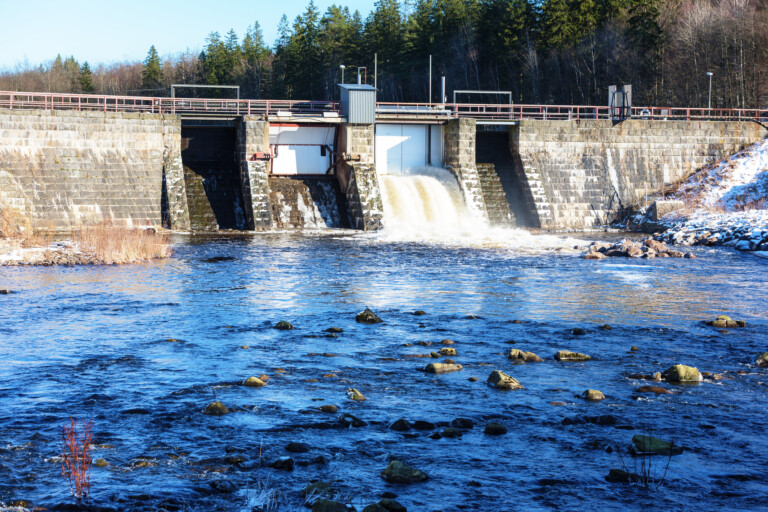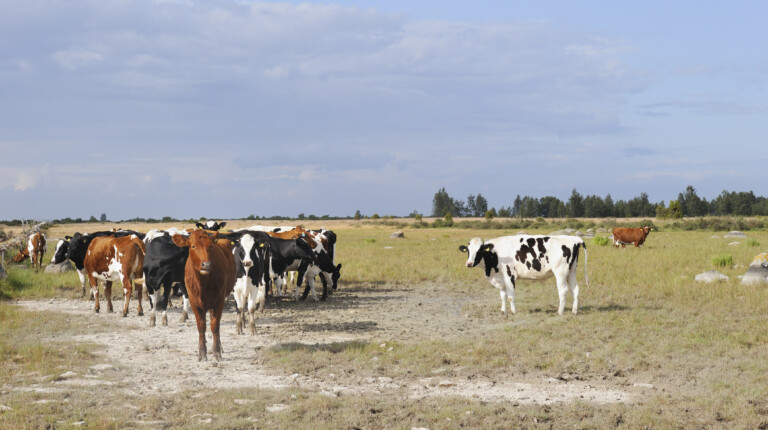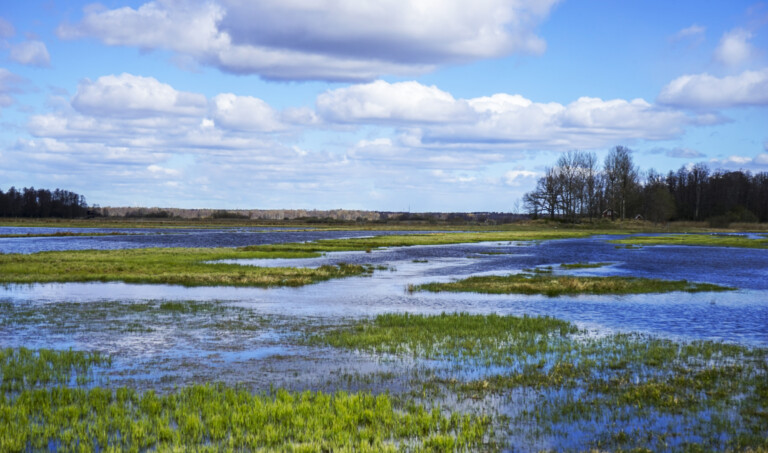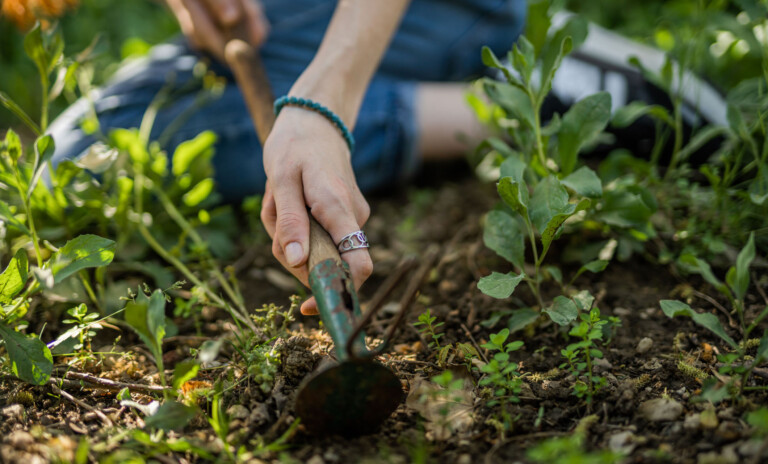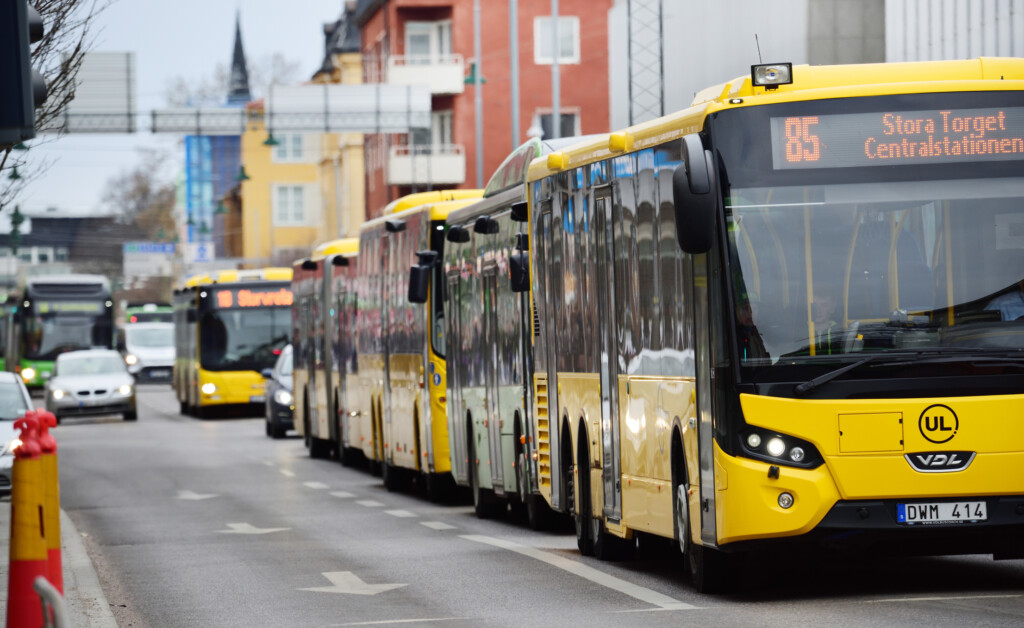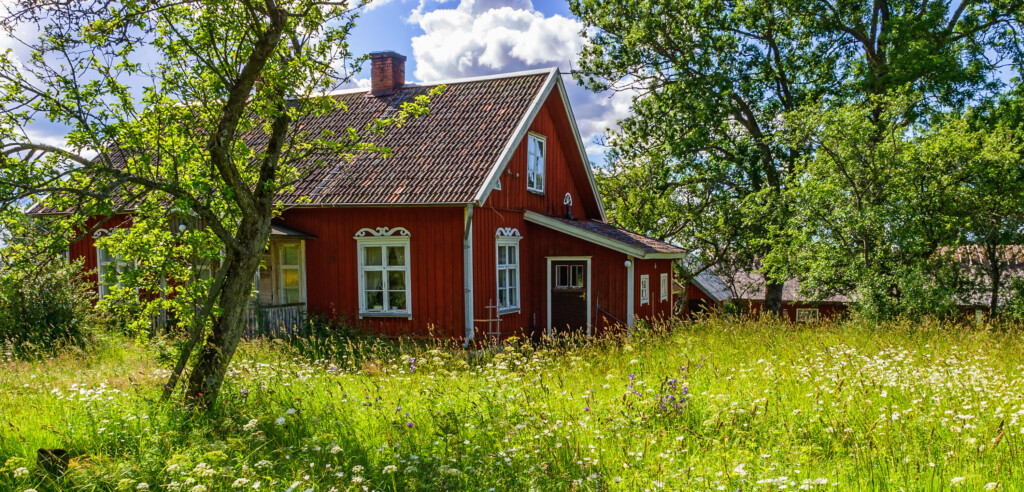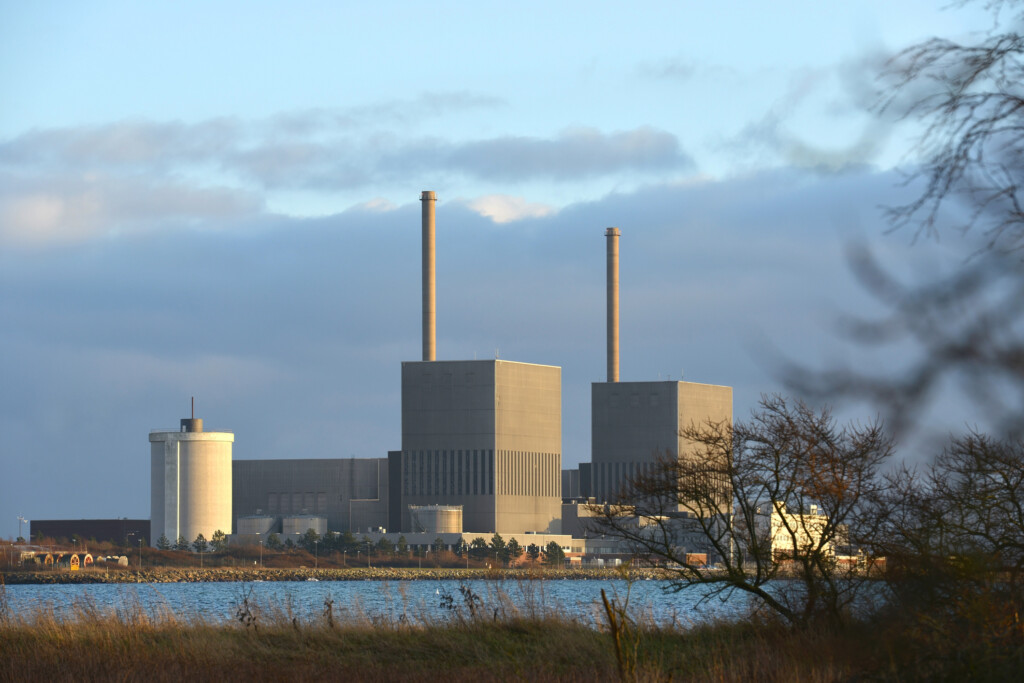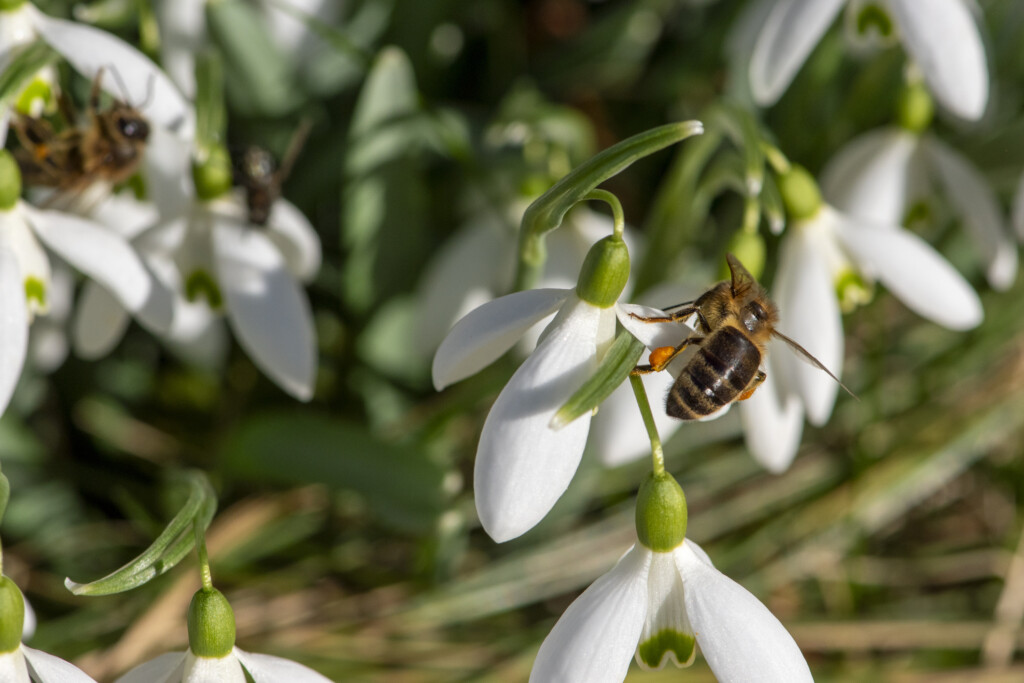Water
What do insects need to thrive in an urban environment?
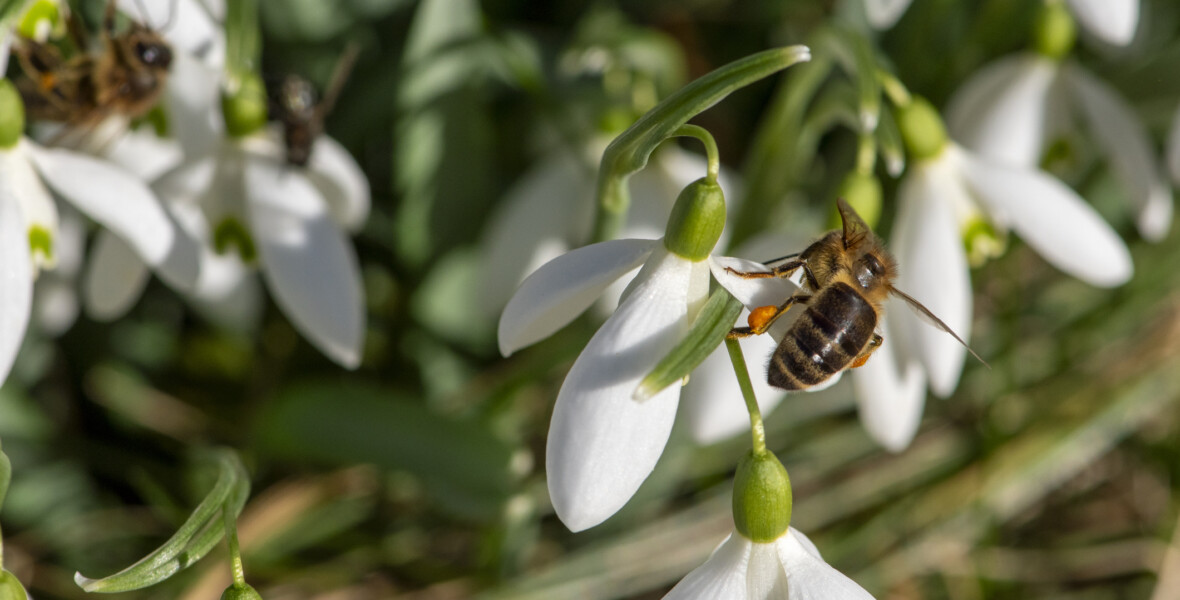
Meadows instead of lawns and sand piles for attracting pollinators are increasingly common in municipalities. The green spaces of a city are a resource, but how should they be designed to benefit diversity and not just attract pollinators that move from one place to another?
Subscribe to Extrakt newsletter!
Läs mer
Stay up to date! Get the knowledge, ideas and new solutions for a sustainable society.
Personal data is stored only for the mailing of Extrakt newsletters and information related to Extrakt’s operations. You can cancel the newsletter at any time, which means you will no longer receive any emails from us
Hardy plants tolerant of a warmer and drier climate, abundant flowering perennials or wild shrubs? When planning and designing their green areas, Swedish cities have many choices to make, including considering how biodiversity is best benefited.
“Much of our cities consists of green areas, and several studies have shown that cities are important for biodiversity when it comes to pollinating insects. This is particularly true for cities surrounded by intensively cultivated farmlands or forests. Cities, with their diversity of plants, can become oases for insects,” says Erik Öckinger, a researcher at the Swedish University of Agricultural Sciences.
Impacts on a larger area
Öckinger is leading a new research project examining how cities can design their green areas to best benefit pollinating insects and biodiversity. While many municipalities may be ambitious, using drought-resistant perennials and profusely flowering annuals does not always promote a diversity of insect pollinators. Non-native, hardy species do not necessarily attract our native bees, and even if there is plenty of nectar in flowerbeds, there may not be sufficient nesting sites.
“Many of these measures have an impact but at the most only locally. The question is what is the impact in the surrounding areas? There is a risk that creating different flower-rich environments does attract insects, but resulting in the insects only shifting from one place to another. The number of insects does not necessarily increase,” says Erik Öckinger.
There is a risk that creating different flower-rich environments does attract insects, but resulting in the insects only shifting from one place to another.
It is not enough to count how many insects visit a flowering plant. In the newly started research project, researchers will take a broader approach: are there more or fewer insects in the surroundings, and how is this connected to which plant species are found in the green areas and how much nectar they produce? It may also be the case that certain types of plants are very attractive to a few pollinators, but that they only benefit the insects that are already common.
“That can certainly be important in itself, that conditions improve for the most common insects, but it would be good to know if we can also benefit the less common or rarer species.”
Many challenges remain
The green areas of urban areas have become an important habitat for many insects, but they are also important for how people understand nature. Nearby parks and outdoor areas often provide residents with their daily contact with nature, and despite many years of increased densification, Swedish cities are still very green compared with other European cities. In many cases, people and insects also like the same type of environments with a rich array of flowers and species.
Even if we largely know which plants benefit pollinators, many challenges remain. Knowing that native species often favour diversity more than non-native species – as many of our common perennials and summer flowers are – is not of any use until nurseries begin producing native garden plants on a sufficient scale.
As Erik Öckinger explains, meadow environments are another example: even if you manage to find indigenous seed mixtures, meadows also need to have both the right conditions from the start and the right care. Combining native and non-native species might be one approach or seeing the beauty of less spectacular flowers, such as planting a slightly duller angelica rather than a purple coneflower. Erik Öckinger eagerly suggests herbs and fruit trees:
“Municipalities are certainly interested in this, but they also want species that actually work in urban settings. One goal of this project is to develop advice on how public green areas can best be designed and which measures have the best impact.
Personally, I am interested in plants with dual benefits. Herbs, such as sage or mint, have a lot of insects when they bloom and they bloom for a long time. Apple trees flower for a short time, but they have lots of flowers all at once, something that can also be important.”
